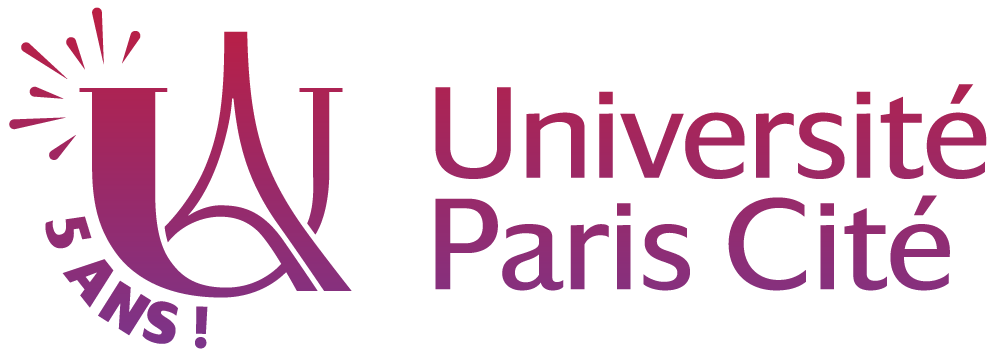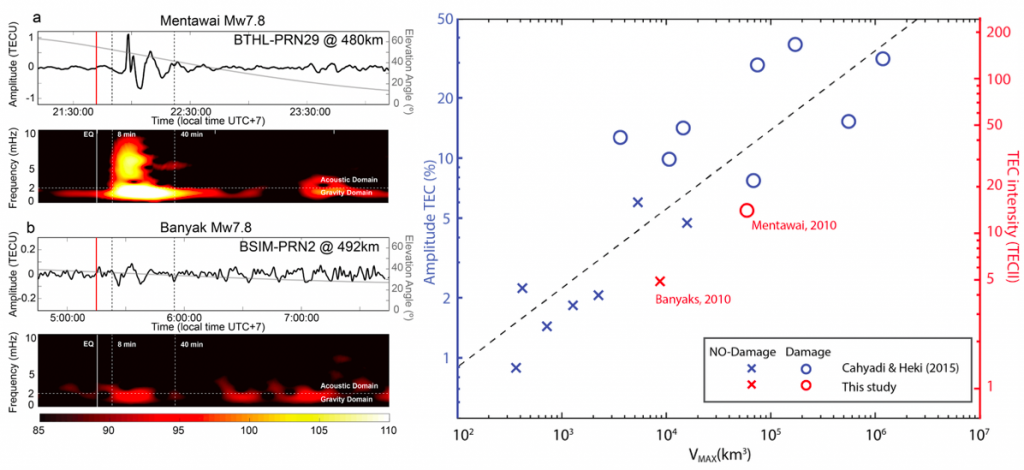A better anticipation of tsunamis thanks to GPS satellites
In a study published on July 6th in Nature - Scientific Reports, a team of researchers from the Institut de Physique du Globe de Paris (University of Paris, CNRS) and the Earth Observatory Singapore (EOS) propose a new technique for estimating the risk of an earthquake-generated tsunami by observing the movements of the upper atmosphere.

Publication date: 10/07/2020
Press, Research
Related teams :
Planetology and Space Sciences
Related themes : Natural Hazards









